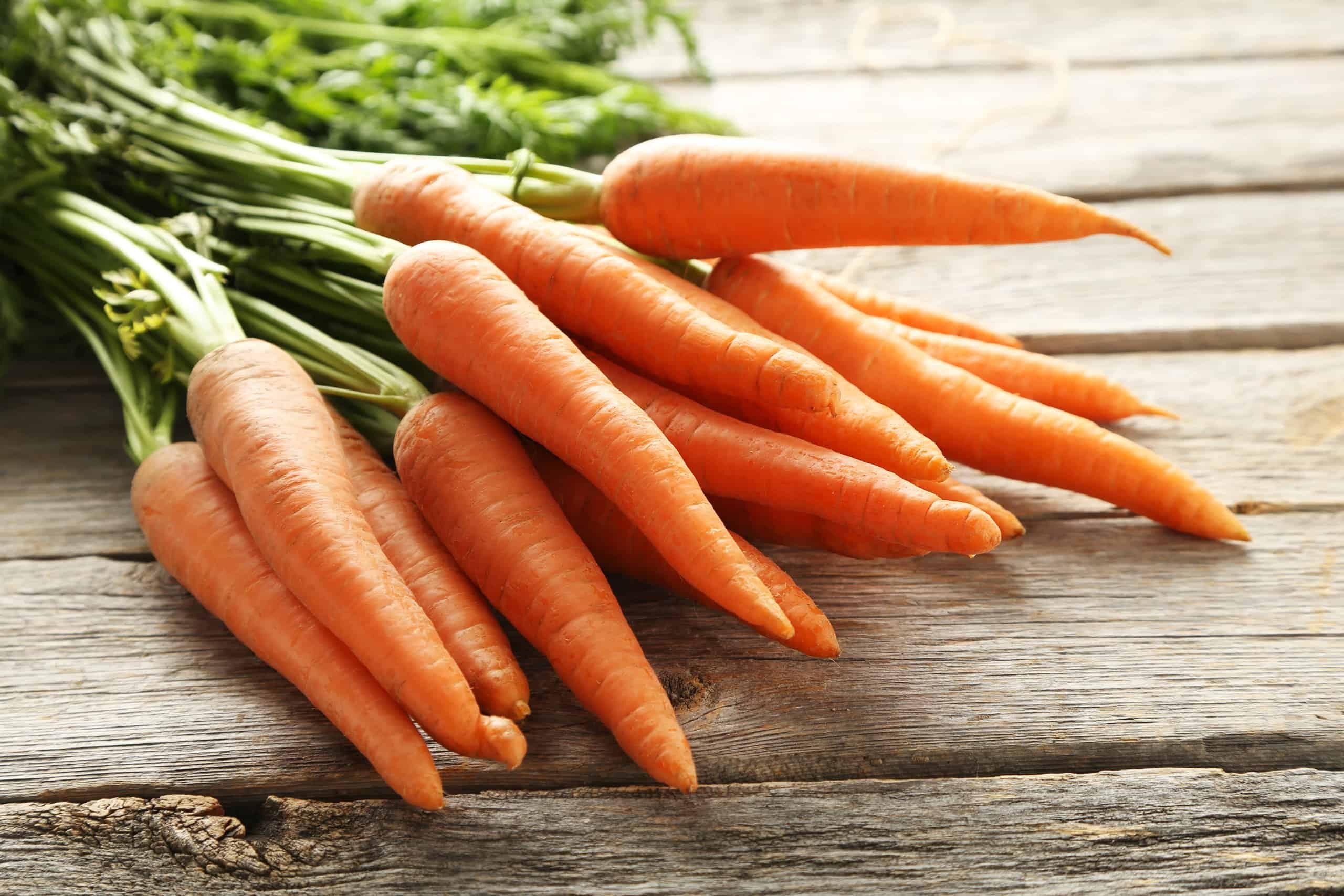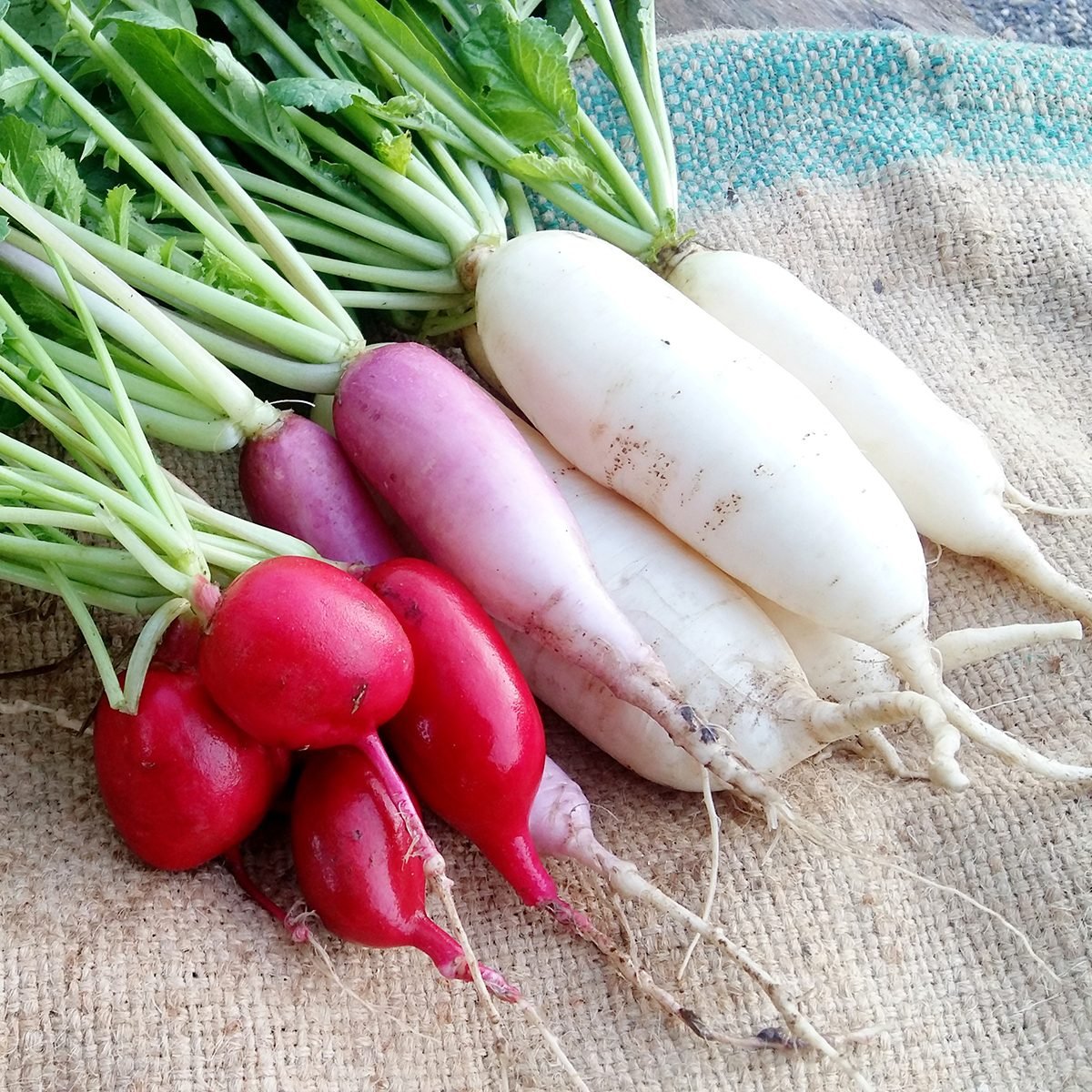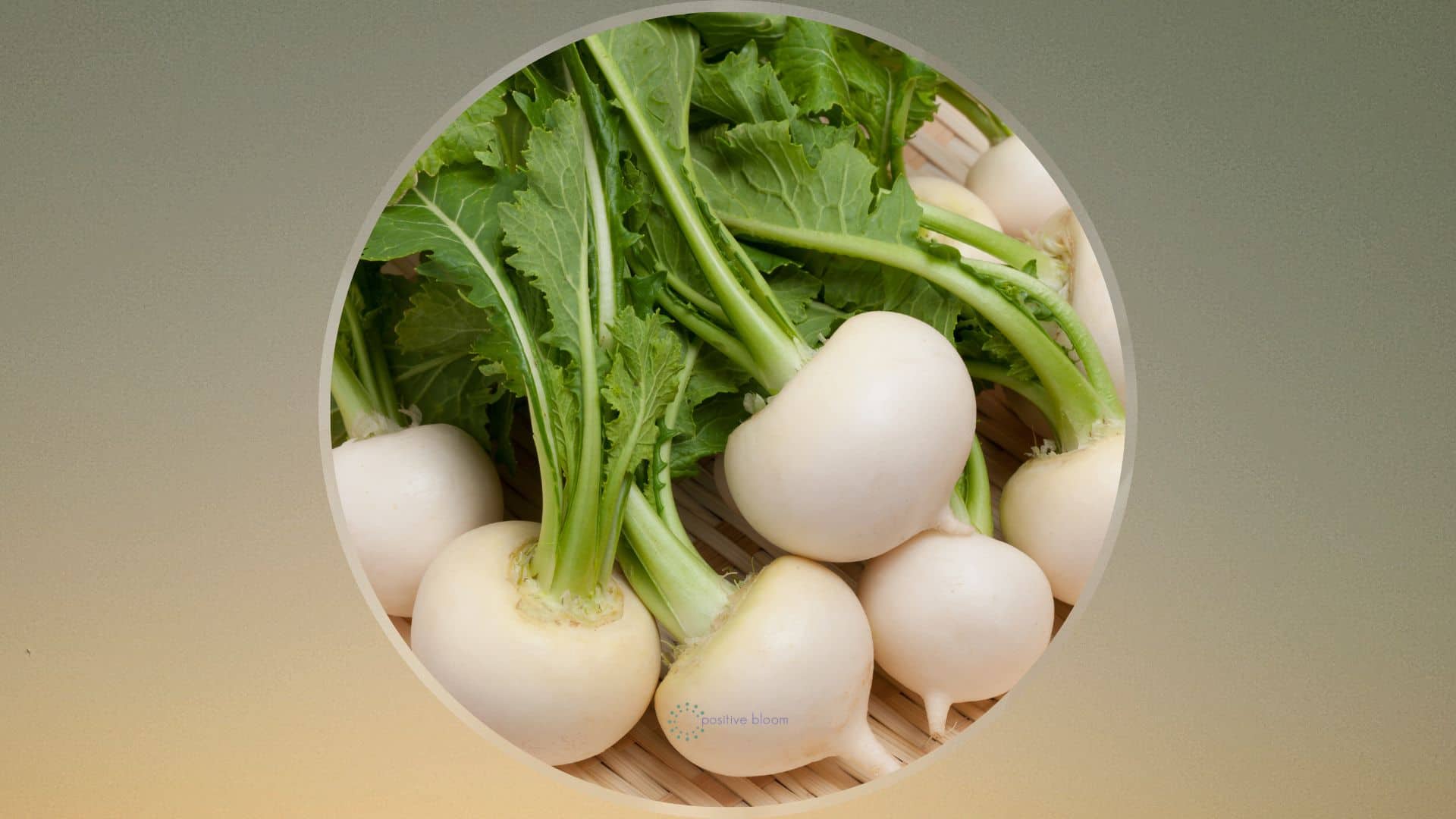Extend Your Growing Season With These Late Summer Vegetables
As the summer months wind down, it's time to start thinking about how to extend your growing season. By planting late summer vegetables, you can enjoy fresh, homegrown produce well into the fall.
There are a number of factors to consider when choosing late summer vegetables. First, you'll need to make sure that the vegetables you choose are cold-hardy. This means that they can tolerate temperatures that drop below freezing. Second, you'll need to consider the amount of sunlight your garden receives. Some late summer vegetables, such as broccoli and Brussels sprouts, need full sun, while others, such as spinach and lettuce, can tolerate some shade.
Here are a few of the best late summer vegetables to plant:
- Carrots: Carrots are a classic late summer vegetable. They're easy to grow and can be harvested in as little as 60 days.

- Beets: Beets are another easy-to-grow late summer vegetable. They're packed with nutrients and can be eaten cooked or raw.

- Radishes: Radishes are a fast-growing vegetable that can be harvested in just a few weeks. They're a good source of vitamin C and fiber.

- Spinach: Spinach is a cool-season vegetable that can be planted in late summer. It's a good source of vitamins A and C.

- Kale: Kale is another cool-season vegetable that can be planted in late summer. It's a good source of vitamins A, C, and K.

- Broccoli: Broccoli is a hardy vegetable that can be planted in late summer. It's a good source of vitamin C and fiber.

- Cabbage: Cabbage is a versatile vegetable that can be eaten cooked or raw. It's a good source of vitamins C and K.
- Peas: Peas are a good source of protein and fiber. They can be planted in late summer and harvested in the fall.

- Bush beans: Bush beans are a type of bean that grows quickly and doesn't require a lot of space. They can be planted in late summer and harvested in the fall.
In addition to these vegetables, there are a number of other late summer vegetables that you can plant. Some other popular choices include lettuce, arugula, collard greens, and turnips.
When planting late summer vegetables, it's important to prepare the soil properly. The soil should be loose and well-drained. You may also want to add some compost to the soil to improve its fertility.
After planting, water the vegetables regularly. You may need to water more often if the weather is hot and dry.
With proper care, you can enjoy fresh, homegrown produce from your garden well into the fall.
Are you looking for some delicious and nutritious vegetables to plant in your garden in late summer? If so, then you're in luck! There are a number of great options available, and I'm here to help you choose the best ones for your needs.
Here are a few of my top picks for late summer vegetables:
- Carrots: Carrots are a classic choice for a reason. They're easy to grow, and they're packed with vitamins and minerals.

- Beets: Beets are another great option for late summer. They're a bit more challenging to grow than carrots, but they're well worth the effort. Beets are a good source of fiber and folate.

- Radishes: Radishes are a quick-growing vegetable that's perfect for a late summer harvest. They're a good source of vitamin C and potassium.

- Turnips: Turnips are a versatile vegetable that can be eaten cooked or raw. They're a good source of vitamin C and potassium.

- Kale: Kale is a leafy green vegetable that's packed with nutrients. It's a good source of vitamin A, vitamin C, and calcium.

- Spinach: Spinach is another leafy green vegetable that's a great source of nutrients. It's a good source of vitamin A, vitamin C, and iron.

These are just a few of the many great late summer vegetables that you can plant. For more information, please visit Garden Wiki.
FAQ of late summer vegetables to plant
Q: What are some good vegetables to plant in late summer?
A: There are many great vegetables that can be planted in late summer, including:
- Root vegetables: Carrots, beets, turnips, radishes, and rutabagas all do well in cool weather, so they're a great choice for late summer planting.
- Leafy greens: Spinach, kale, lettuce, and arugula are all easy to grow and can be harvested throughout the fall.
- Broccoli: Broccoli is a cool-season vegetable that can be planted in late summer and harvested in the fall.
- Cauliflower: Cauliflower is another cool-season vegetable that is a good choice for late summer planting.
- Peas: Peas are a quick-growing vegetable that can be planted in late summer and harvested in a few weeks.
Q: When is the best time to plant late summer vegetables?
A: The best time to plant late summer vegetables depends on your climate. In general, you should plant them 6-8 weeks before your first fall frost.
Q: How do I care for late summer vegetables?
A: Late summer vegetables need regular watering, especially during hot, dry weather. You should also fertilize them every few weeks with a balanced fertilizer.
Q: What are some common pests and diseases that affect late summer vegetables?
A: Some common pests and diseases that affect late summer vegetables include:
- Aphids: Aphids are small, sap-sucking insects that can damage plants.
- Slugs and snails: Slugs and snails can also damage plants, especially leafy greens.
- Downy mildew: Downy mildew is a fungus that can cause leaves to yellow and wilt.
- Powdery mildew: Powdery mildew is another fungus that can cause leaves to become covered in a white powder.
Q: How do I prevent pests and diseases from affecting my late summer vegetables?
A: There are a few things you can do to prevent pests and diseases from affecting your late summer vegetables:
- Plant resistant varieties: Some varieties of vegetables are more resistant to pests and diseases than others.
- Rotate your crops: Rotating your crops helps to prevent the build-up of pests and diseases. *Water your plants regularly: Watering your plants regularly helps to prevent them from becoming stressed, which makes them more susceptible to pests and diseases. *Inspect your plants regularly: Inspect your plants regularly for signs of pests and diseases. If you see any problems, take action immediately.
Image of late summer vegetables to plant
- Beets: Beets are a cool-weather vegetable that can be planted in late summer for a fall harvest. They are a good source of vitamins A and C, and they can be eaten cooked or raw.

- Carrots: Carrots are another cool-weather vegetable that is a good choice for late summer planting. They are a good source of beta-carotene, which is an antioxidant that can help protect your cells from damage.
- Radishes: Radishes are a quick-growing vegetable that can be planted in late summer for a harvest in a few weeks. They are a good source of vitamin C, and they can be eaten raw or cooked.
- Turnips: Turnips are a root vegetable that is a good choice for late summer planting. They are a good source of vitamins C and K, and they can be eaten cooked or raw.

- Spinach: Spinach is a leafy green vegetable that can be planted in late summer for a fall harvest. It is a good source of vitamins A and C, and it can be eaten cooked or raw.

Post a Comment for "Extend Your Growing Season With These Late Summer Vegetables"